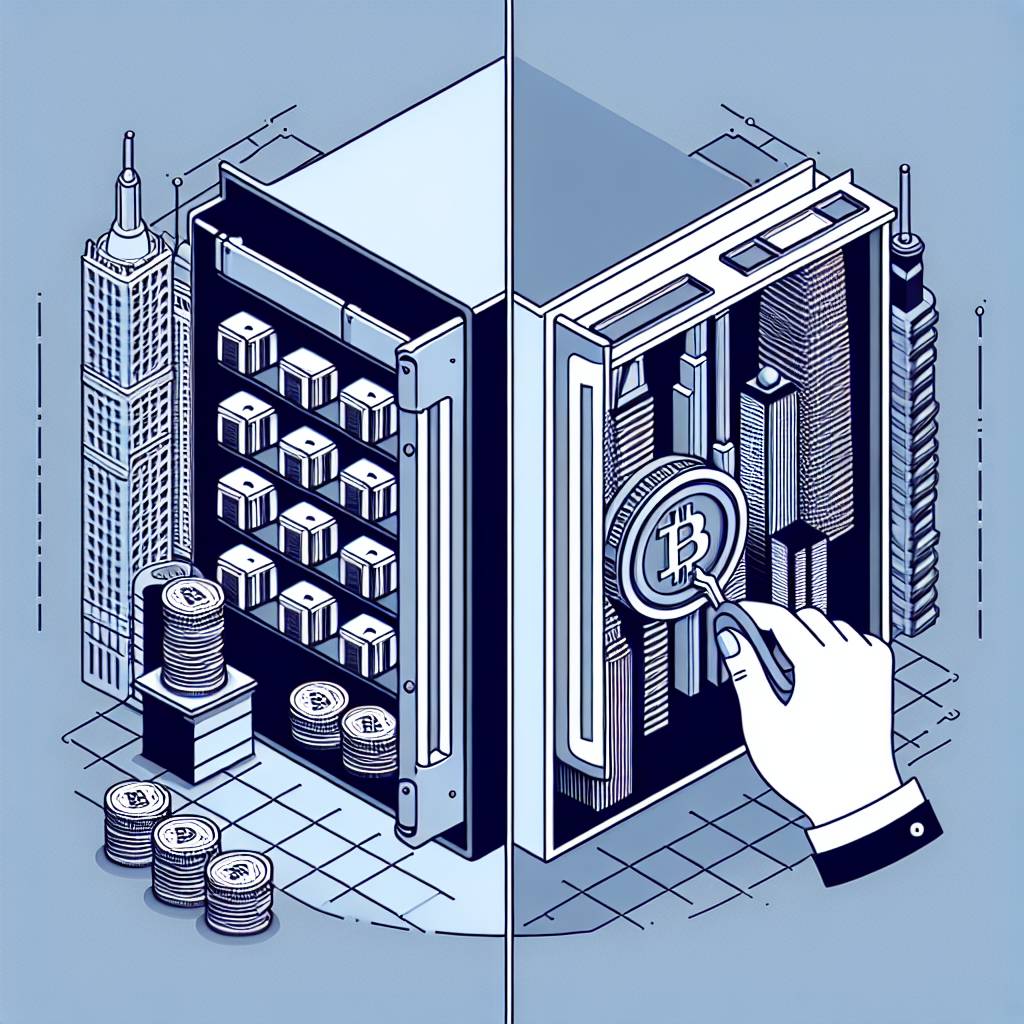What are the differences between swing trading and scalp trading in the context of cryptocurrency?
Can you explain the key distinctions between swing trading and scalp trading when it comes to cryptocurrency? How do these two trading strategies differ in terms of time frame, profit targets, risk management, and overall approach?

3 answers
- Swing trading and scalp trading are two popular trading strategies in the cryptocurrency market. Swing trading involves holding a position for a longer period, typically days to weeks, to capture larger price movements. It focuses on identifying trends and taking advantage of price swings. On the other hand, scalp trading aims to profit from small price fluctuations within a short time frame, usually minutes to hours. Scalpers often execute multiple trades in a day, aiming for small gains that can add up over time. In terms of time frame, swing trading is more long-term, while scalp trading is short-term. Swing traders analyze price charts and use technical indicators to identify potential entry and exit points. They aim to capture larger price movements and may hold positions for several days or even weeks. Scalp traders, on the other hand, focus on short-term price movements and execute trades quickly to take advantage of small price differentials. Profit targets also differ between swing trading and scalp trading. Swing traders typically have larger profit targets and may aim for a certain percentage gain on their trades. They may also use trailing stop-loss orders to protect their profits. Scalp traders, on the other hand, aim for smaller profits on each trade and may have tighter stop-loss orders to limit their losses. Risk management is crucial in both swing trading and scalp trading. Swing traders often use stop-loss orders to limit their losses if the market moves against them. They also consider the risk-to-reward ratio before entering a trade. Scalp traders, due to their short time frame, need to be quick in executing trades and managing risk. They often use tight stop-loss orders and may exit a trade if it doesn't move in their favor within a short period. Overall, swing trading and scalp trading have different approaches and suit different trading styles. Swing trading requires patience and a longer-term view, while scalp trading requires quick decision-making and the ability to execute trades rapidly. Both strategies can be profitable in the cryptocurrency market, but they require different skill sets and risk management techniques.
 Nov 29, 2021 · 3 years ago
Nov 29, 2021 · 3 years ago - Swing trading and scalp trading are two popular trading strategies used by cryptocurrency traders. The main difference between the two lies in the time frame and profit targets. Swing trading involves holding positions for a longer period, typically days to weeks, in order to capture larger price movements. Traders who employ this strategy focus on identifying trends and taking advantage of price swings. On the other hand, scalp trading aims to profit from small price fluctuations within a short time frame, often minutes to hours. Scalp traders execute multiple trades in a day, aiming for small gains that can accumulate over time. In terms of risk management, swing traders often use stop-loss orders to limit their losses if the market moves against them. They also consider the risk-to-reward ratio before entering a trade. Scalp traders, due to their short time frame, need to be quick in executing trades and managing risk. They often use tight stop-loss orders and may exit a trade if it doesn't move in their favor within a short period. While swing trading focuses on capturing larger price movements, scalp trading aims for smaller profits on each trade. Swing traders typically have larger profit targets and may aim for a certain percentage gain on their trades. They may also use trailing stop-loss orders to protect their profits. Scalp traders, on the other hand, aim for smaller profits on each trade and may have tighter stop-loss orders to limit their losses. In summary, swing trading and scalp trading differ in terms of time frame, profit targets, and risk management. Swing trading requires patience and a longer-term view, while scalp trading requires quick decision-making and the ability to execute trades rapidly. Both strategies have their own advantages and disadvantages, and traders should choose the one that aligns with their trading style and risk tolerance.
 Nov 29, 2021 · 3 years ago
Nov 29, 2021 · 3 years ago - Swing trading and scalp trading are two different approaches to trading cryptocurrencies. Swing trading involves holding positions for a longer period, usually days to weeks, to take advantage of larger price movements. Traders who use this strategy aim to identify trends and capture price swings. On the other hand, scalp trading focuses on profiting from small price fluctuations within a short time frame, typically minutes to hours. Scalp traders execute multiple trades in a day, aiming for small gains that can accumulate over time. In terms of approach, swing trading requires a more patient and long-term view. Traders analyze price charts and use technical indicators to identify potential entry and exit points. They aim to capture larger price movements and may hold positions for several days or even weeks. Scalp trading, on the other hand, requires quick decision-making and the ability to execute trades rapidly. Scalpers often use short-term charts and focus on small price differentials. Profit targets also differ between swing trading and scalp trading. Swing traders typically have larger profit targets and may aim for a certain percentage gain on their trades. They may also use trailing stop-loss orders to protect their profits. Scalp traders, on the other hand, aim for smaller profits on each trade and may have tighter stop-loss orders to limit their losses. Both swing trading and scalp trading require effective risk management. Swing traders often use stop-loss orders to limit their losses if the market moves against them. They also consider the risk-to-reward ratio before entering a trade. Scalp traders, due to their short time frame, need to be quick in executing trades and managing risk. They often use tight stop-loss orders and may exit a trade if it doesn't move in their favor within a short period. In conclusion, swing trading and scalp trading have different time frames, profit targets, and approaches. Swing trading requires patience and a longer-term view, while scalp trading requires quick decision-making and the ability to execute trades rapidly. Both strategies can be profitable in the cryptocurrency market, and traders should choose the one that aligns with their trading style and risk tolerance.
 Nov 29, 2021 · 3 years ago
Nov 29, 2021 · 3 years ago
Related Tags
Hot Questions
- 91
What are the best practices for reporting cryptocurrency on my taxes?
- 70
What are the best digital currencies to invest in right now?
- 57
What are the tax implications of using cryptocurrency?
- 48
How can I protect my digital assets from hackers?
- 38
How does cryptocurrency affect my tax return?
- 25
How can I buy Bitcoin with a credit card?
- 19
How can I minimize my tax liability when dealing with cryptocurrencies?
- 18
What is the future of blockchain technology?
